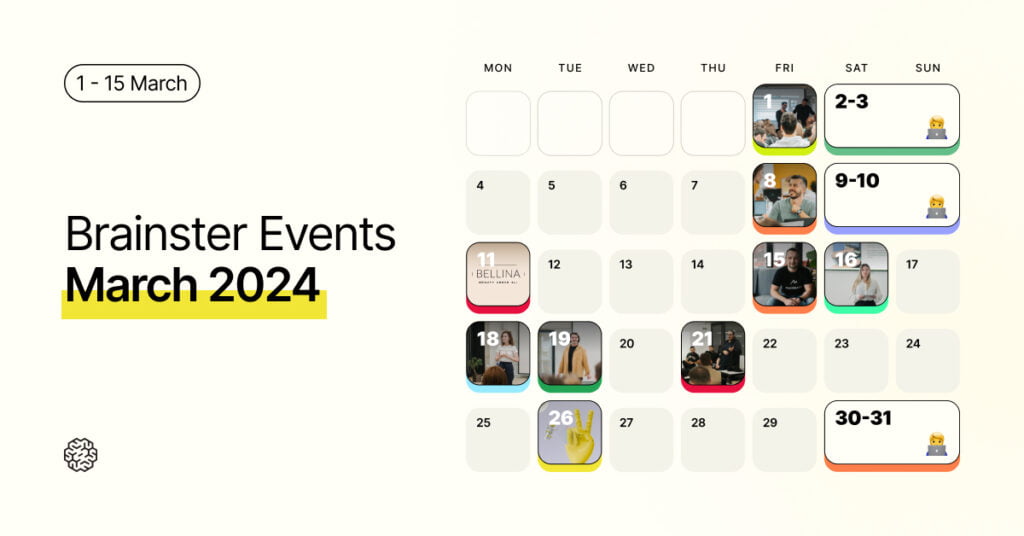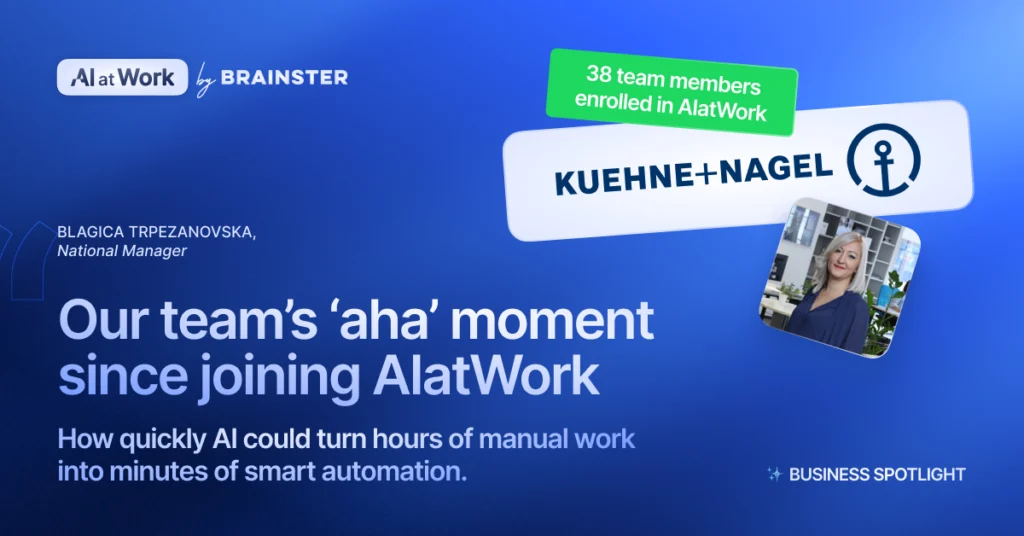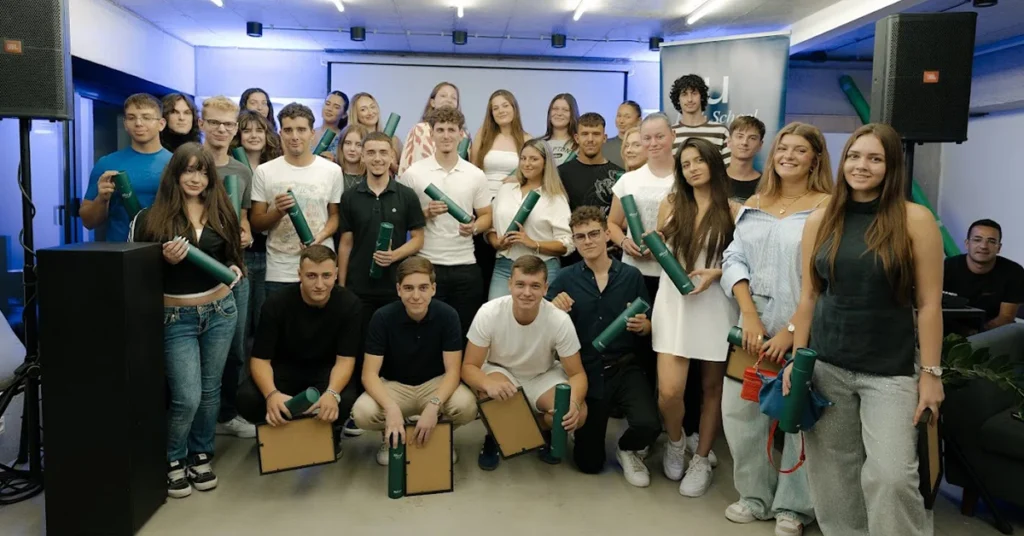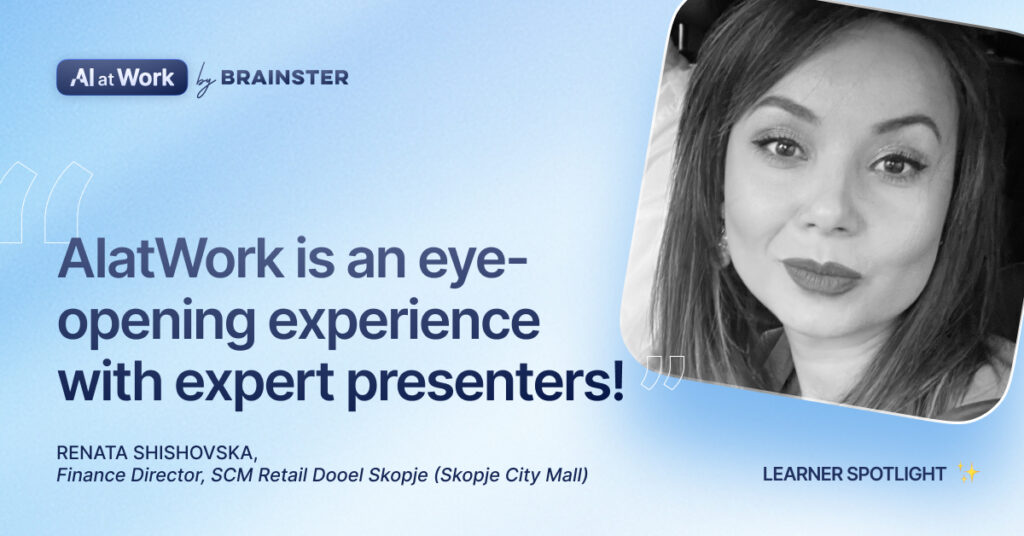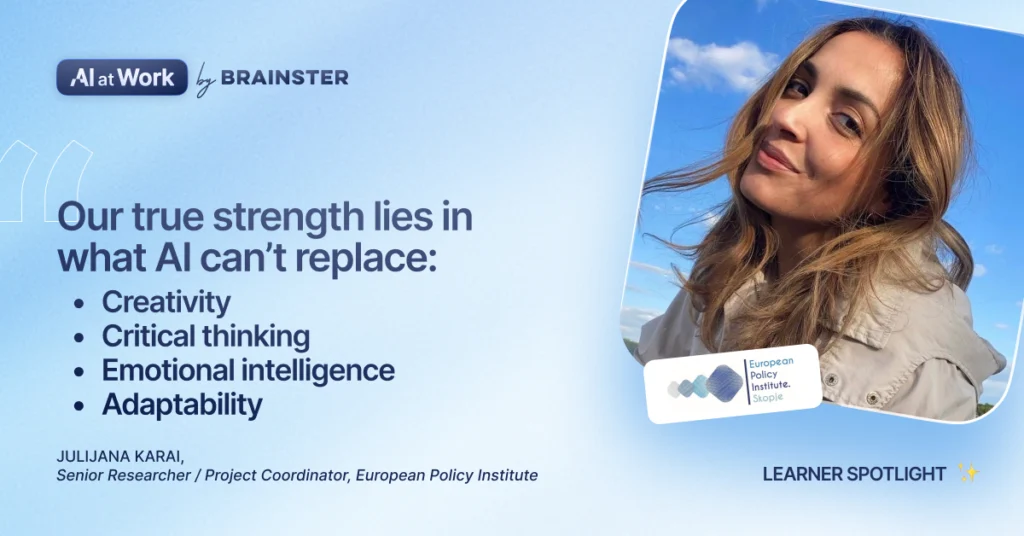Let us start with one fresh universal truth. AI is here, and it is already altering the fabric of our everyday lives. It shapes how we work, how we search for knowledge, and even how we make decisions. The real question is no longer whether we will use it. The question is how we will use it, and what kind of world we are creating in the process.
For centuries, philosophy has been concerned with the nature of human existence: Who are we? What makes us unique? What separates us from machines, from animals, from the universe itself? With the arrival of advanced AI, we are invited, perhaps even forced, to ask these questions again, only this time with a sharper edge.
What does it mean to work when machines can write and analyze? What does it mean to create when algorithms can generate entire worlds of text, music, or images? And perhaps most provocatively: what does intelligence itself mean in an age when it is no longer exclusively human?
👉 Join the waitlist today and take the first step toward your own AIatWork story.
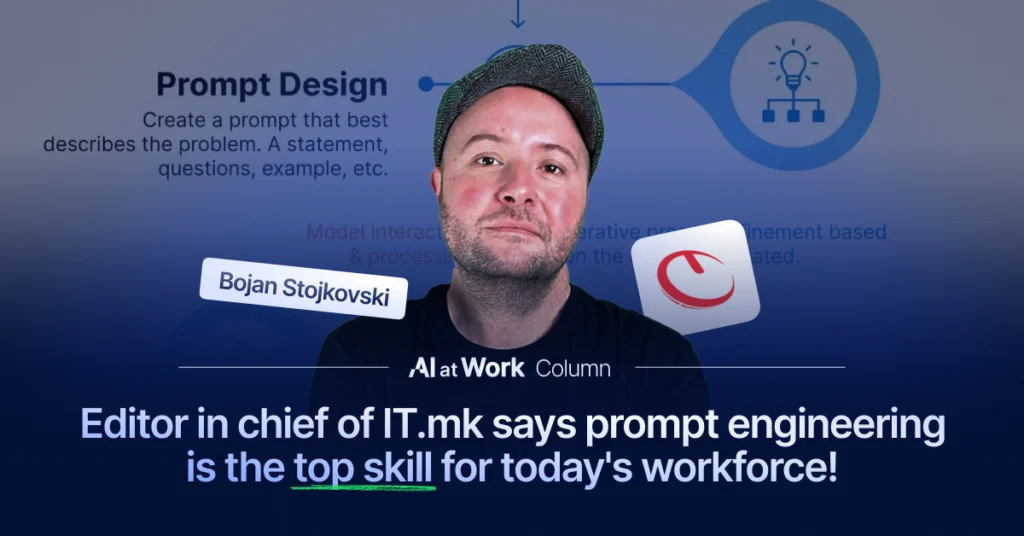
The long road to today
The story of large language models, or LLMs, is often told as if it began just a couple of years ago with ChatGPT. But in truth, this story spans decades.
It began in the 1960s with Eliza, a simple chatbot created by MIT researcher Joseph Weizenbaum. Eliza could only mimic the style of a therapist, repeating back fragments of what a user typed. And yet, even this minimal program was unsettling. People felt as if they were conversing with something alive, something with an inner voice. Weizenbaum himself grew skeptical, warning of the dangers of attributing too much meaning to a machine. But the seed had been planted.
Fast forward to 1997, when Long Short-Term Memory (LSTM) networks were introduced. These made it possible for machines to handle sequences of data, allowing them to “remember” patterns across time. This was a turning point because suddenly, natural language was no longer just random noise to a computer, but something that could be structured and processed in more sophisticated ways.
The 2010s accelerated this journey. Stanford’s CoreNLP suite allowed researchers to do sentiment analysis and extract entities from text. Google Brain brought in advanced word embeddings, a way for machines to understand context and similarity between words. And then came 2017, the year everything changed: the release of the transformer model.
Transformers were not just another incremental improvement. They introduced the mechanism of “attention” – the ability for a model to weigh which parts of the input matter more than others. Suddenly, machines could grasp context at scale. This breakthrough made it possible for LLMs like GPT and BERT to emerge, models capable not only of analyzing but of generating language in a fluid, human-like way.By 2018, BERT was powering Google Search, shaping billions of queries every day. OpenAI’s GPT-2 and later GPT-3 showed that machines could write convincing prose at length. And in November 2022, ChatGPT launched, sending shockwaves far beyond the tech world. For the first time, non-technical users could sit down, type a prompt, and carry on a conversation with a machine that did not feel mechanical at all.
Search vs. conversation: A shift in everyday life
This was the turning point. For decades, we had used the internet through the lens of search. You typed in keywords, the machine retrieved information, and you had to do the work of piecing it together. With AI, something else emerged: conversation. Instead of searching and filtering, you could ask and receive.
This may sound like a small difference, but philosophically and practically, it is enormous. Search is transactional, conversation is relational. Search is about finding answers – conversation is about exploring possibilities.
In this new reality, prompt engineering becomes the essential skill. A prompt is not just a command – it is the opening move in a dialogue with a system that has its own internal structure and limits. Writing a good prompt means being clear, iterative, and creative. There are even formulas, like CLEAR – Context, Length, Examples, Ask, and Refinement – that help people structure their prompts effectively.
But at the core, prompt writing is a process. It is not about asking once and being done. It is about experimenting, refining, and learning how to shape the interaction. In many ways, it is less about programming and more about conversation – a kind of linguistic craftsmanship of sorts.
This is where AIatWork comes in. The program, offering eight AI courses every month, officially launched at the beginning of September, attracting more than 1,600 participants from day one. Led by Shahzia Holtom, Senior Director at Microsoft, the first course laid the foundation for what AIatWork is all about: helping people not only understand AI but use it meaningfully in their daily work.
One of the key takeaways was understanding the difference between when to use Google and when to use an LLM. Search engines remain powerful for certain kinds of queries – quick facts, references, hard data. But for reasoning, synthesis, or drafting, AI models are becoming indispensable.
Another focus was on the iterative nature of prompts. Shahzia walked participants through how writing is not a one-shot effort but a repeated dialogue. This reframes the way we think about productivity. Instead of being intimidated by AI, the approach is to work with it, to treat it as a collaborator rather than just a tool.
In this sense, AIatWork is not a traditional course that simply transfers knowledge. It is a space designed for exploration and practice, for developing a new digital literacy that will define the careers and workflows of the coming years.
Today, we stand at the threshold of what can be called the AI-native generation. Just as digital natives grew up with the internet and could not imagine life without it, today’s professionals will grow into a reality where AI already is a default part of how work gets done.
This shift raises serious questions. How do we ensure that AI augments rather than replaces human creativity? How do we maintain ethics, responsibility, and transparency in a world where algorithms play such a large role? And how do we prepare entire societies to adapt, not just a privileged few?
AIatWork does not claim to have all the answers. But it does create a starting point, and by equipping thousands of people with the skills and mindset to use AI effectively, it aims to shape a future where this technology empowers rather than overwhelms.
The long road ahead
We need to be really, really clear about this, so we’ll repeat it several times – AI is not going away. We can debate its risks and celebrate its potential, but the fact remains: it is here, and it will only grow more powerful. The challenge before us is philosophical as much as it is technical. Will we use AI to expand our human potential, or will we reduce ourselves to passive consumers of machine output?
That choice depends on education, practice, and a willingness to engage with the technology actively. AIatWork represents one step in that direction – a platform where people can learn to converse with machines, not just query them. A place where work becomes a dialogue, not just a transaction.
It is worth remembering that the questions raised by AI are as old as philosophy itself: What does it mean to think? To create? To be human? AI does not diminish these questions. It sharpens them. And for the AI-native generation, the answers will not be found in theory alone, but in the everyday practice of living and working with intelligence, both natural and artificial.
👉 Join the waitlist today and take the first step toward your own AIatWork story.


